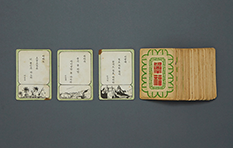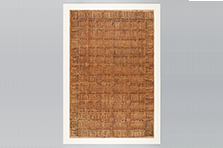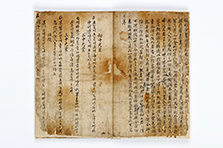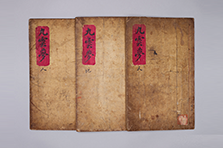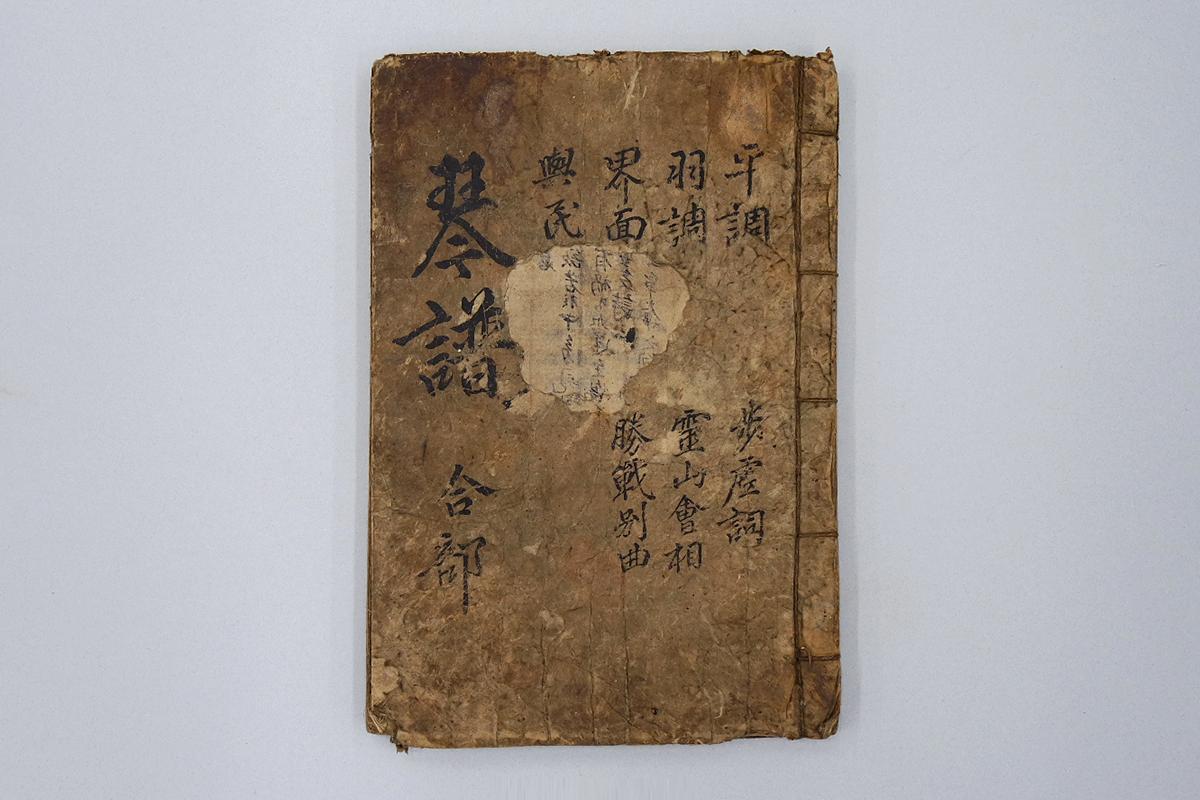Exhibitions
Easily Learned and Conveniently Used
Home > Exhibitions > Permanent Exhibition > Easily Learned and Conveniently Used

Hangeul steadily spread into different areas and layers of Joseon society, taking root as the common written language of daily life. Artifacts from those times that demonstrate the diffusion of Hangeul range from personal letters and lists to literary works, musical scores, and theatrical plays . Traces of Hangeul can also be seen in various daily household items, toys, and materials related to folk religion.
1) Communicating Thoughts and Emotions
With the invention of Hangeul, people who were not literate in Chinese characters finally became able to record their thoughts and the details of their daily lives. Even in times when Hangeul was not recognized as the official script of Joseon, people were using Hangeul as an essential means of recording and communicating their thoughts and emotions, as evidenced by letters from widows in mourning, petitions to the king to complain of injustice, checks used in commercial transactions, and many other personal documents.
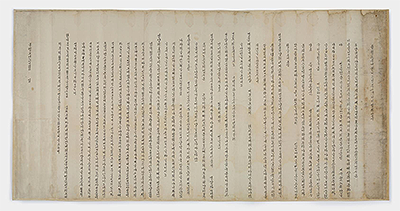
Petition written by Mrs. Kim
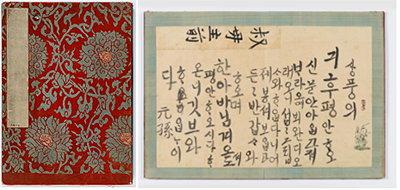
Jeongjo Eopil Hangeul Pyeonjicheop
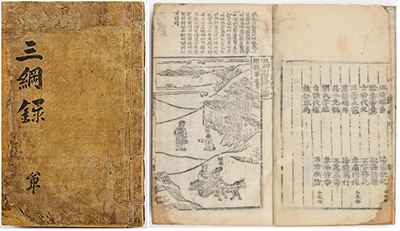
Samgang Haengsildo
2) Hangeul in Everyday Life
Hangeul was inscribed on various items from everyday life. Hangeul was widely used in the recording of simple information that is necessary for everyday lives. The owner and the amount to be used are written on everyday household items like spools, pattern stamps for rice cake, pipes and so on. Hangeul also began to be used for playing cards for learning traditional poems, amulets, and fortune-telling books. This signifies the fact that Hangeul got deeply rooted in all aspects of everyday life of the normal people.
3) Imaginary Worlds
Hangeul allowed the common people to enjoy literary works, which were once an exclusive privilege of the ruling class. Through Hangeul, people not only gained the ability to read poetry and novels but also began to create their own works of literature. Traditional folktales and gayo (folksong), which had previously been orally transmitted, began to be written and recorded in Hangeul. Therefore, the introduction of Hangeul revitalized various forms of Korean classical poetry such as gasa (rhythmic verses) and sijo (a form of short Korean poem) and eventually developed Korean prose forms such as novels and essays.
▲ Moving Sceneries of Nature , 4' 10"4) Joyous Performances
Hangeul was used to create scripts for sijochang (classical lyrical song), pansori (musical storytelling), mask dances, and other traditional performances. Since many of Joseon’s most beloved theatrical plays and performances were based on Korean literary works, the scores for singing includes the lyrics written in Hangeul. The classical novel Simcheongjeon is also displayed which is based on the pansori, Simcheongga, with a rich narrative story.

















